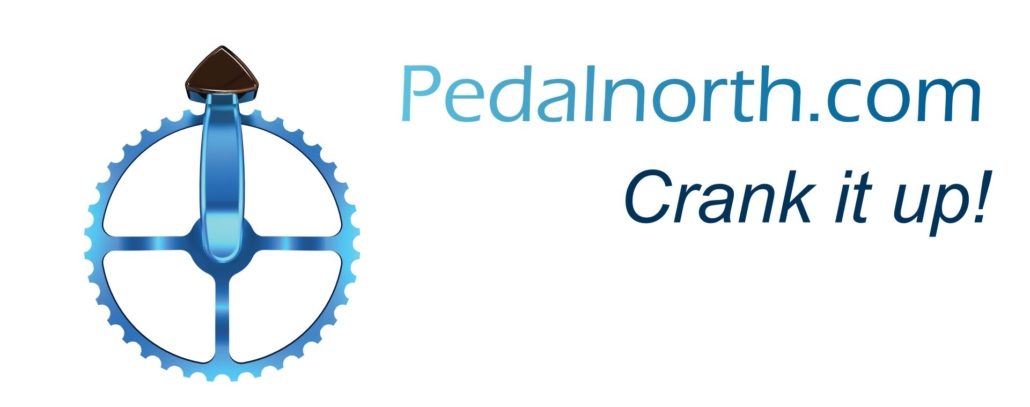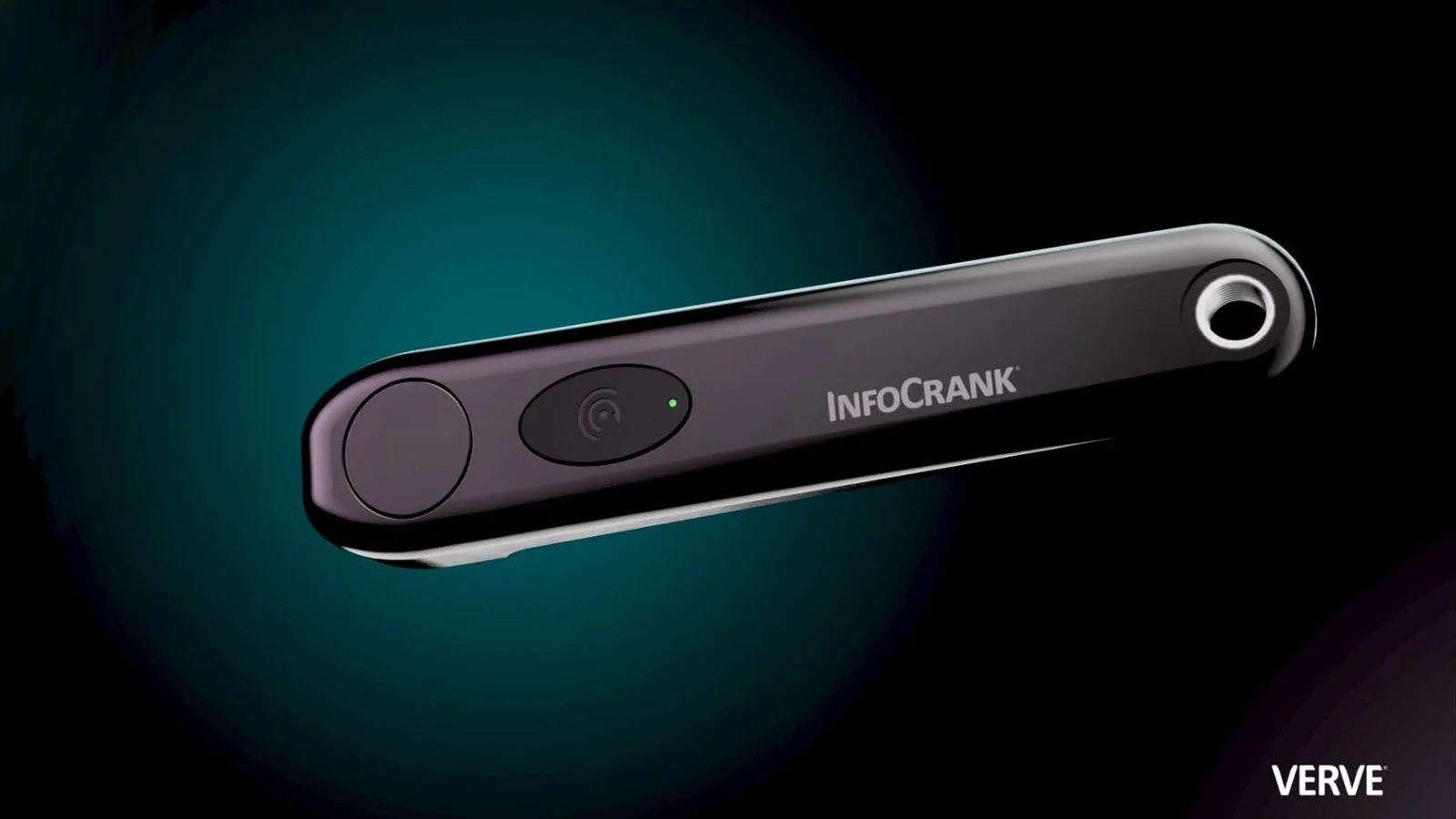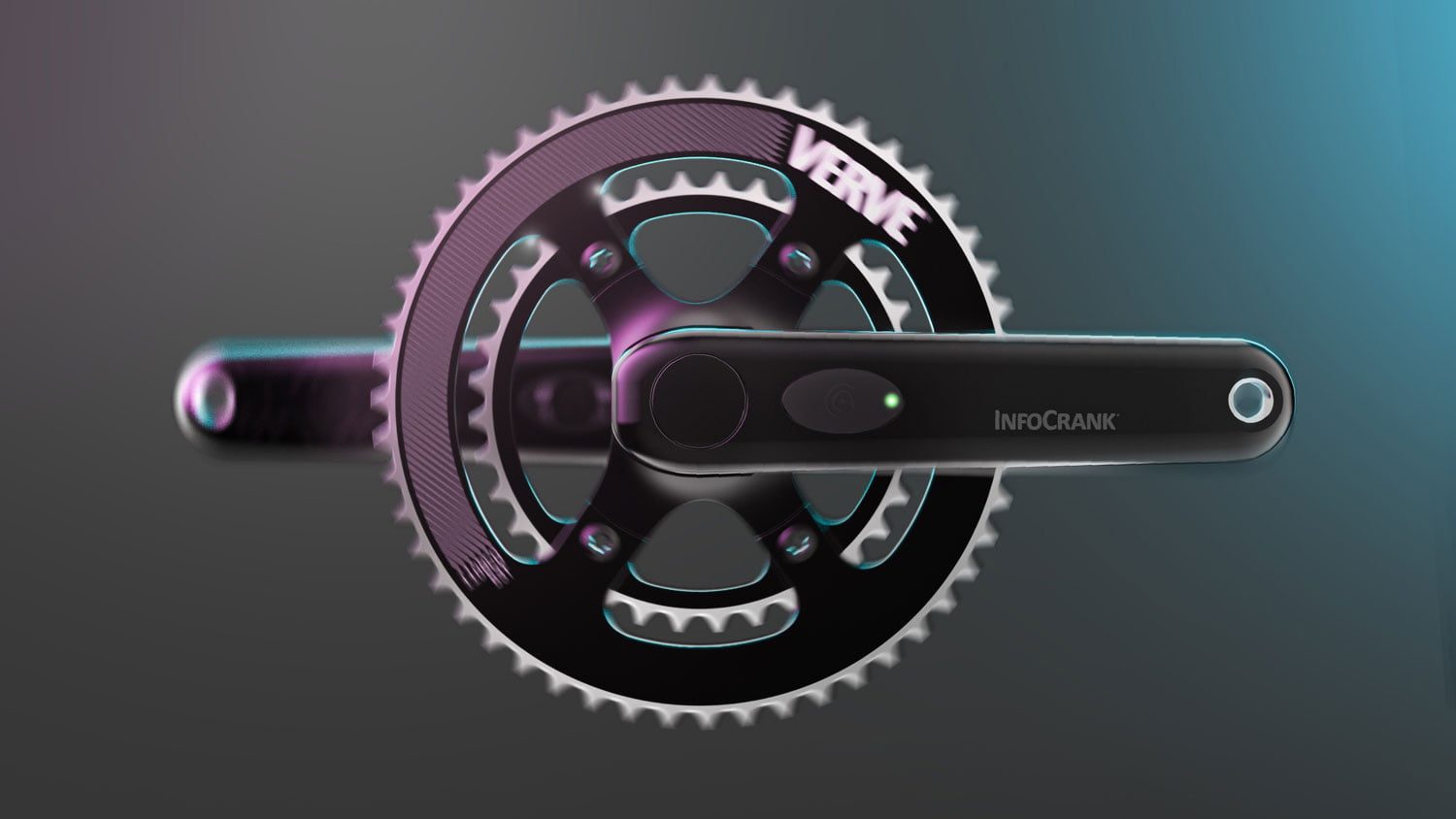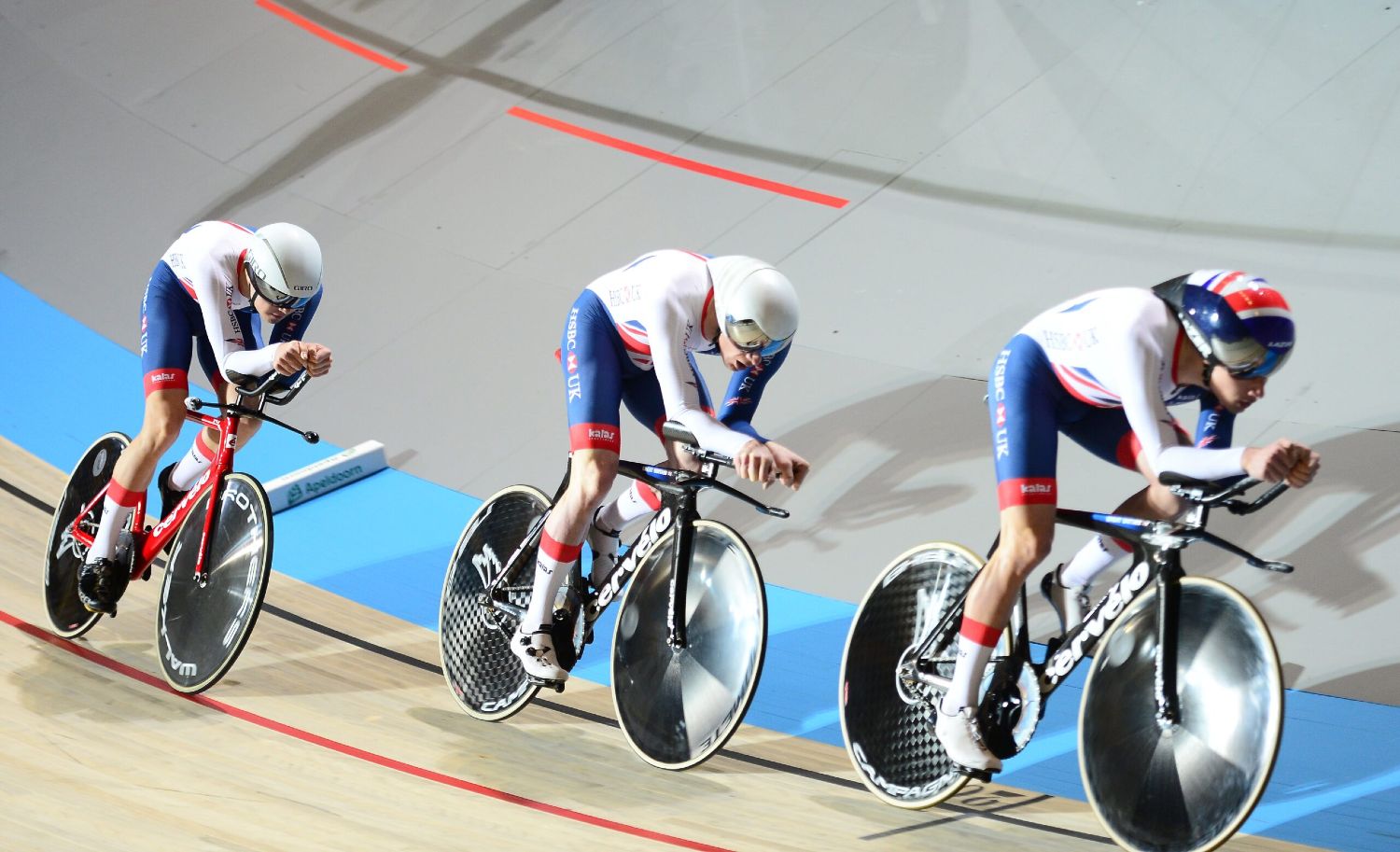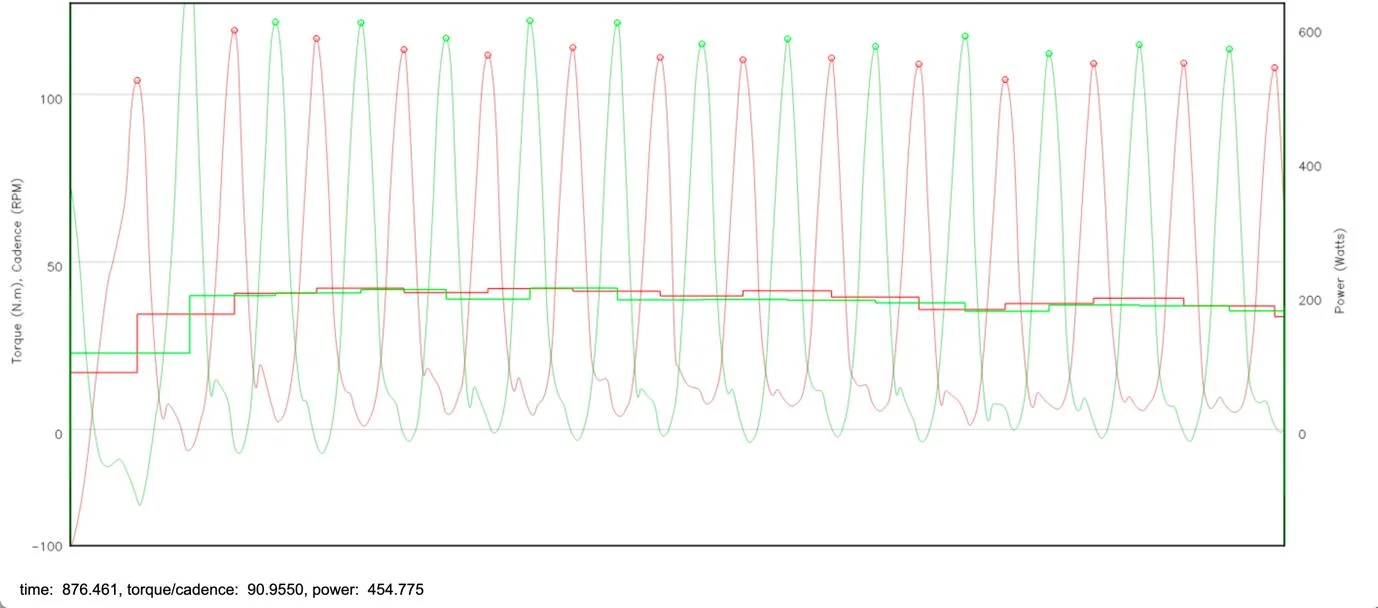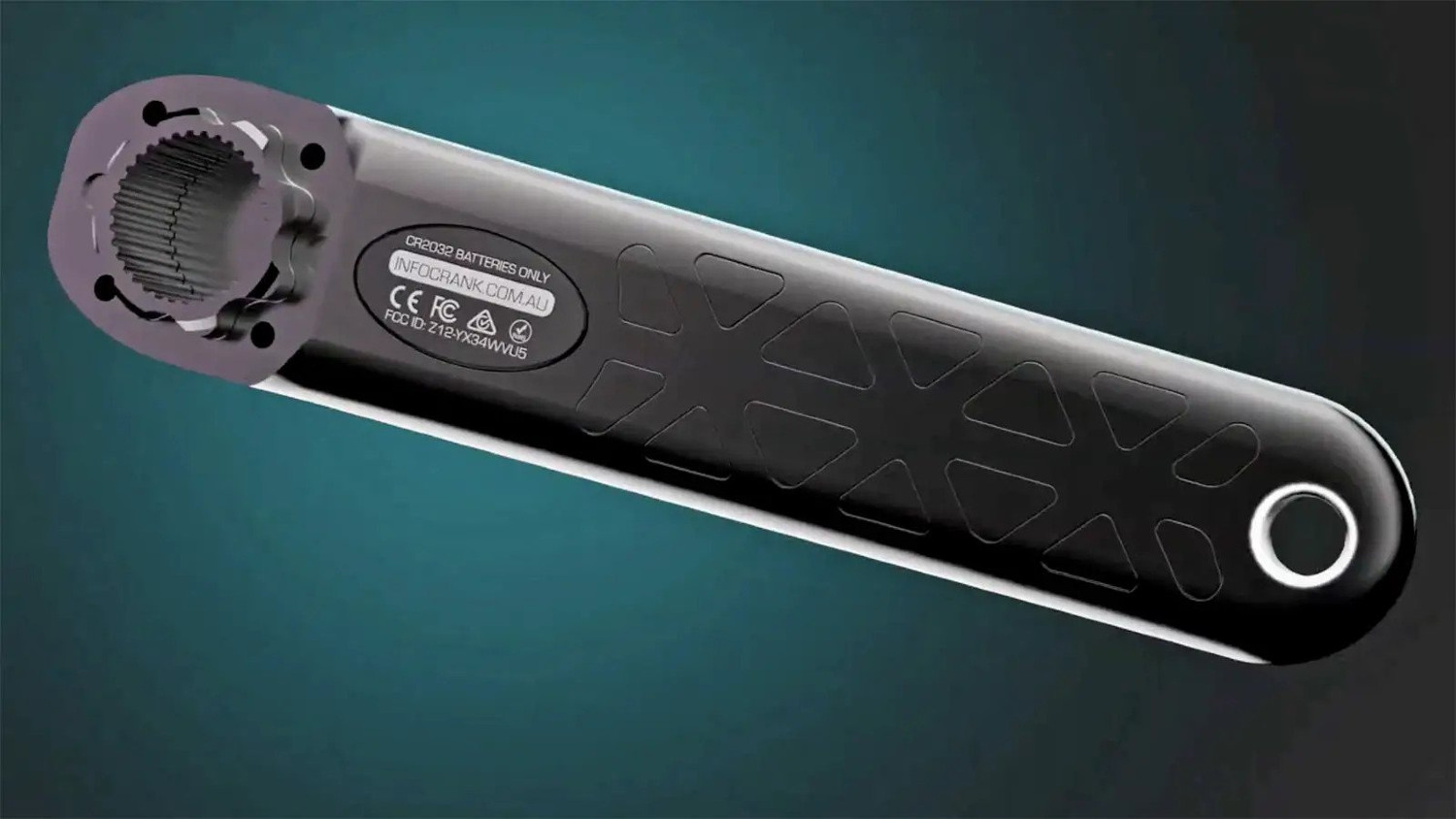Information is power
by Robert Thorpe (with details also from Verve Cycling)
Into the Metaverse
Back in the day, in the late 1970s, our Chemistry master got a few of us together and formed an after-school computer club. I’ve been fascinated with computers ever since and the application of tech on our lives. I recall wanting an early Apple computer, pricing it up, only to decide that having met my then student, future wife… I’d rather wait and spend the cash on socialising – I still know that this was the best choice ??, although the other route may have been intriguing for me as an early programmer.
Anyway, to the point of this post, I guess. I’ve been doing some base level reading on the Metaverse and Blockchain technology – I know, boooooring. I’m a geek at heart unfortunately. It strikes me that at a simple level, our supposed fears of such tech are unfounded and based simply in a lack of understanding. Fundamentally, Pandora’s Box has already been opened and there’s no going back; and so, we owe it to ourselves to better understand what the future can hold if we embrace it.
Data & Tech is good for you
The Metaverse already exists – especially for cyclists. How many of you guys love Zwift racing, where you meet up online, in avatar format and race against each other… often daily. Well, you’re already existing in the Metaverse when you do so, so imagine the possibilities of other aspects being developed. Working from home is developing further and already using formats that embrace Metaverse tech. In reality, it’s inevitable that we will in some way exist in the metaverse, and so our role ought to be to help to drive it in the right way. And, more importantly, we all use data to improve our cycling, at all levels, either electronic data or otherwise; whether it’s a FitBit, Garmin or other device, we love trying to improve our performance.
I recall my role for ACO Comms, many years ago, looking at global tech and how, within policing could embrace it. There’s a quote I always think of, that was relevant then and is more so now:
‘The past is a foreign country – they do things differently there.’
I’ve used this as a mantra throughout my life, and whilst it’s often gotten me in trouble and seen as a freethinking maverick, it’s also helped me to help others and it helps organisations and individuals to develop.
Crank it up
InfoCrank are a cycling tech brand, filled with good ideas, and based in Australia. To be precise, Verve Cycling is the brand, and InfoCrank is their amazing product. It’s a crank for bikes, and it gathers information; and, it’s been successfully used by some of the top nations and teams in world cycling. Easy to use and capable of true and precise measurement like no other, the InfoCrank cycling power meter delivers virtually error-free dual-leg power data on demand. The InfoCrank always accurately tracks your cycling performance due to the ingenious bringing together of a bespoke crank arm and perfectly placed strain gauges to isolate the tangential force within the crank.
Data Accuracy
Put simply the InfoCrank actually measures what should be measured to calculate power and as a result, you can be certain that your data is a product of your legs and not an algorithm, unlike all the others. With an InfoCrank there’s no need for re-zeroing, recalibration or compensation. Best of all, your cycling action is based on both legs, measured independently, and each leg has variations within each individual rotation.
For example, your most powerful overall leg, may have slight power balance issues at a given point in the rotation. The level of data collected by InfoCrank is so refined, that it can pick up these minute differences during each rotation, outlining when and where it occurs. Thise clever people in white coats can then analyse the data and tell exactly what’s causing the data result, and more importantly, then work with you to correct it – yes, information is power. To be really precise, the new InfoCrank 2, due for release soon, is extra power in your pedal action.
Cadence and why it matters
Let’s look at one particular area of data that InfoCrank excels at collecting – cadence. I won’t baffle you with my own attempt at describing what they do; instead, let’s use the words of those clever people at Verve, who’ve developed InfoCrank 2.
Okay, let’s talk about cadence. It’s one of those terms used a lot at Verve, but it’s not always the easiest thing to explain why it’s measured and how. In the cycle racing world, cadence is a total rotation by both cranks. Cadence is measured by some power meters using magnets – a good solution since at least you know that the crank has passed a certain point in its rotation. However, most power meters use accelerometers to ascertain whether a crank has rotated, which leads to wild inaccuracies, particularly when large changes in crank speed occur or the bike is being ridden over surface irregularities.
In this slide from a recent Verve webinar (available on the Verve website) they described how a normal trainer views a 9 second sprint and entirely misses the highest power. It also gets the average cadence entirely wrong. Now, that’s a huge difference, which isn’t particularly helpful if you’re looking to make real improvements. Remember, cadence – along with torque – is one of the key components of power, measured in watts. An error in either cadence or torque will inevitably lead to an error in the power number.
So, what does our latest innovation in power measurement, the InfoCrank IC2 do?
Firstly, we take the measurement of crank speed as seriously as we do in measuring torque. This matters because as noted above, the actual calculation for power is instantaneous torque X instantaneous crank speed – not cadence (which is just an averaging proxy). To explain this, have a look at this series of pedal strokes – a standing start out of the seat into a sprint.
The first observation is that the stroke is not round but is more of a wave-form. We can see a definite top and bottom, which represents the highest and lowest torque sections of the pedal stroke. What you don’t see but can easily imagine, is that the pedal stroke is not evenly pedalled. In fact, the crank is not rotating at a constant speed during its rotation. Therefore, there are such products as non-circular rings – where the idea is to rotate faster during the periods of low torque, often called blind spots, and rotate slower in the positions where the torque is higher.
Of course, only by measuring the crank speed during the entire revolution can an accurate rendering of power be always displayed. Much more information can be gleaned with this knowledge. For instance, you can work out whether you are best with round or non-circular rings. The key learning here is that cadence is a hugely averaged value and in many circumstances, it is potentially a long way from accurate – such as the times when you would really like to know the speed of each pedal stroke and not an average.
Averages are not all that useful for improvement. However, crank speed measured many times per revolution on each crank is the measurement that is needed for the watts calculation. This gives the cyclist much more useful information and can definitely lead to pedalling improvement – which is exactly what you’d expect from the world’s most accurate power meter.
InfoCrank 2
The InfoCrank is already renowned by the best in the business for its accuracy, and this new InfoCrank 2is no different in terms of the quality of data. However, the redesign has been ground up – new crank arms, improved connectivity and electronics – meaning that this is the only power meter you’ll ever need. And, with its unique design, the InfoCrank 2 can be adapted for different disciplines – road and track are currently available with additional spiders in development, and it will give you great data off-road too.
What makes the InfoCrank different?
The InfoCrank measures torque and cadence instantaneously from directly within the crank arms to actually calculate rider power output. This contrasts with many other power meters that measure multiple forces and use algorithms to provide an estimated power number. InfoCrank wants and indeed uses pure data, not calculated estimations.
Add to this that the InfoCrank’s crank arm design and strain gauge placement fully isolates and measures the force propelling you forward. By taking measurements from within the crank arms in this way, InfoCrank can provide accurate and comparable results in all conditions – regardless of the temperature, surface, gradient or any other variables known to affect other power meters. This also means, unlike other power meters, you do not have to continually remember to recalibrate and re-zero the InfoCrank to assure its accuracy. Due to its unique and cutting-edge design, every InfoCrank is accurate to within a genuine 1.5% of true and every other InfoCrank. No estimation here!
We’re really excited about InfoCrank 2, and will using it during the spring and summer, with Larisa working alongside the Verve medical team, to see how it can be used in specific circumstances. We’ll keep you posted as things progress; but for now, why not visit the InfoCrank website and take a detailed look at IC2 yourself, and join the information revolution 😉
Images from Verve Cycling & InfoCrank
*Some technical text is direct from Verve Cycling, and is used for accuracy
